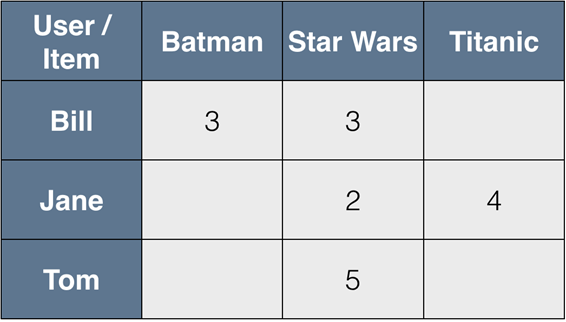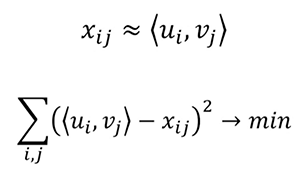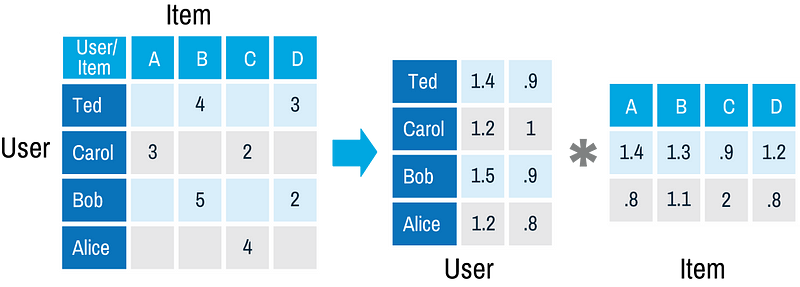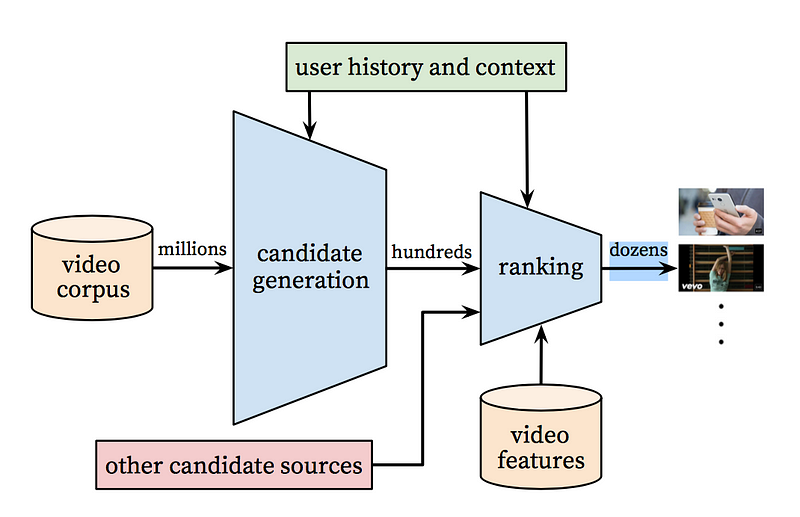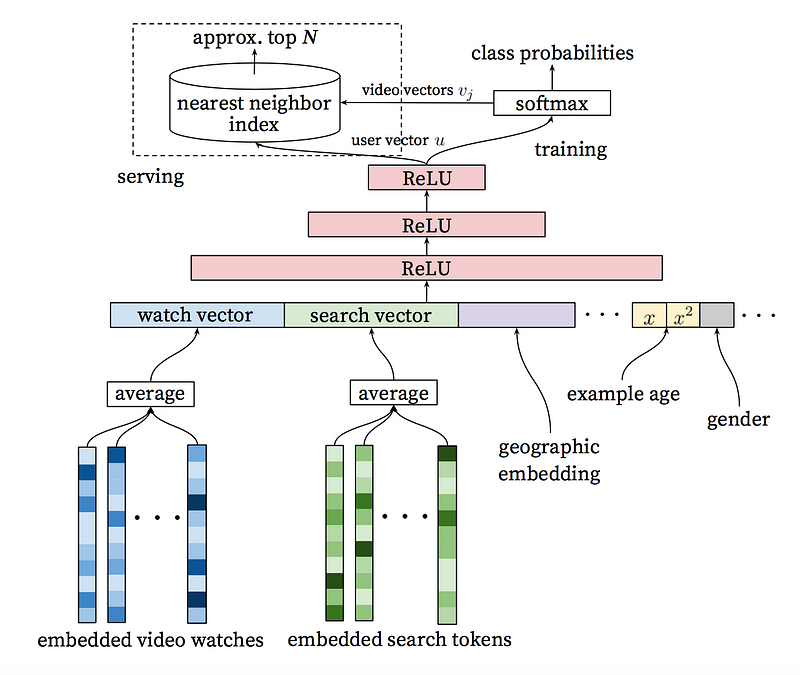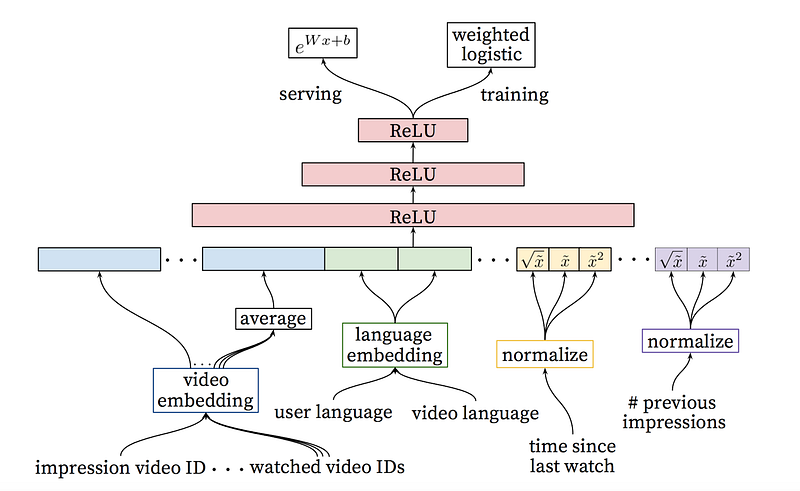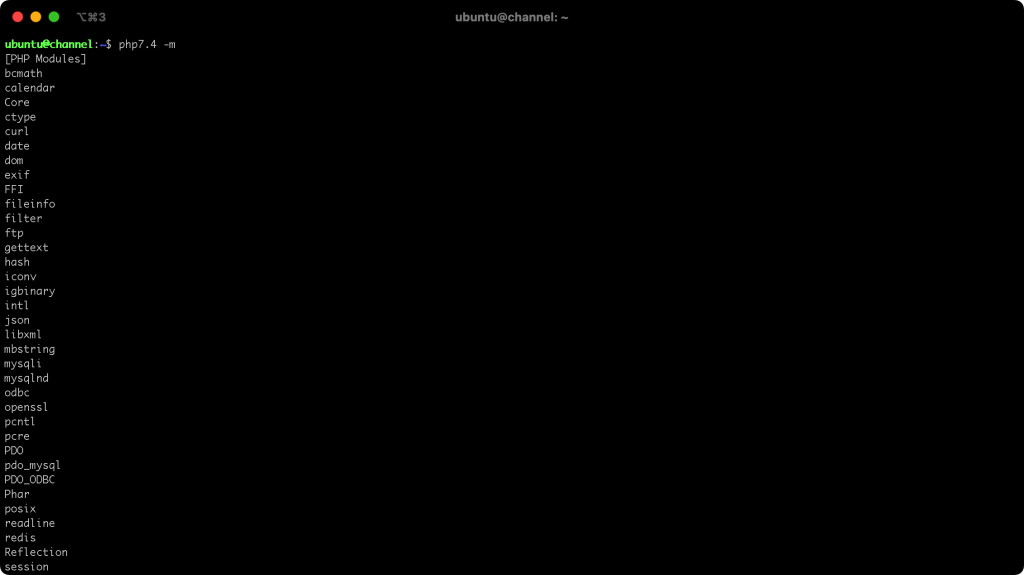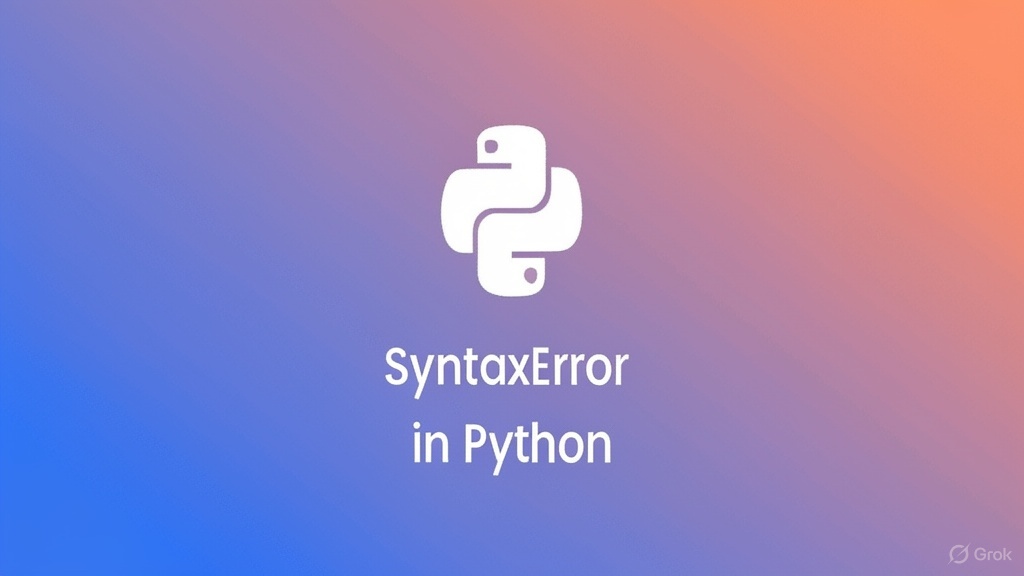背景
最近使用的舊版軟件PassWall(以下簡稱:PW)一直在出現自動關掉的問題,看軟件版本有點太低了,於是就考慮嘗試升級相關的軟件,使用Openwrt的內部升級系統,發現提示升級不了,只能手動更新,為了方便使用開發環境需要的美國網絡,在不更換Openwrt系統的情況下,升級該軟件。
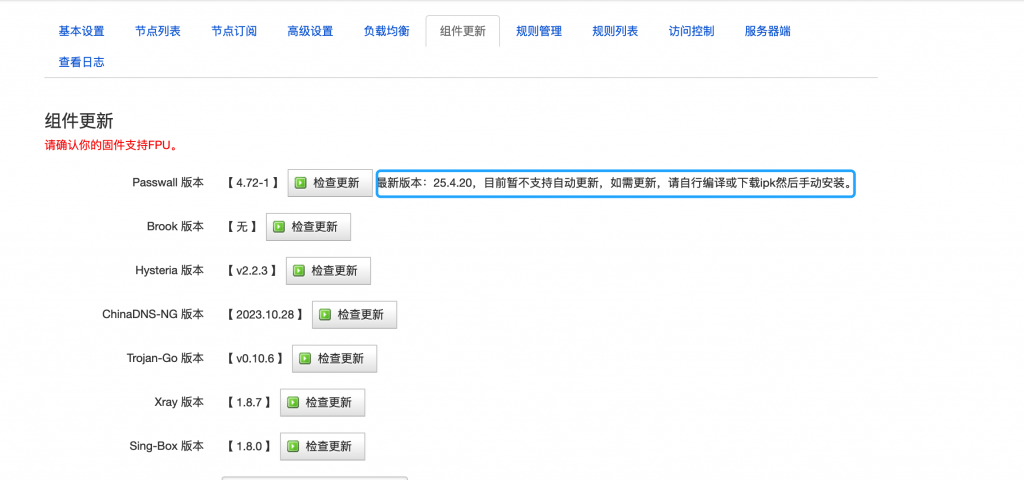
介紹
PW的軟件在github上有專門的倉庫進行維護,所以只需要自己的Openwrt版本下載響應的軟件版本即可。
PW 最新版本的支持的內容比較豐富,如果不是PW軟件出現異常,最好不要動,只需要更新部分組件即可。
操作步驟:
注意⚠️:在進行升級的時候,做好配置的備份或者快照備份,防止出現異常導致無法回滾正常狀態。
- 登陸Openwrt查看軟路由的CPU架構,在OpenWrt的
TTYD終端或者電腦客戶端SSH登陸到路由器通過執行:
uname -m返回的結果如下:
x86_64其中關鍵字x86_64 就是該軟路由的CPU架構。
2. 在Github的PW倉庫中的releases界面查找符合CPU架構的軟件版本:
PW的軟件發佈頁面: https://github.com/xiaorouji/openwrt-passwall/releases
找到x86_64的關鍵字的軟件包,如下圖:
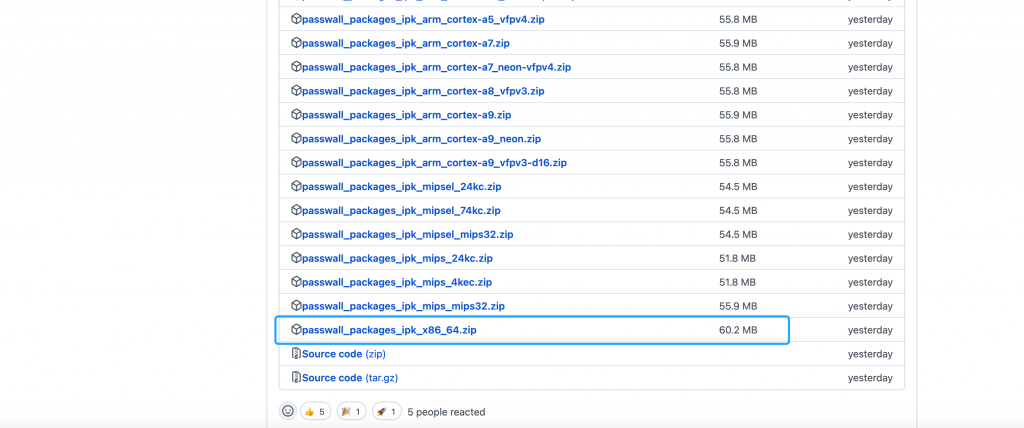
使用wget或者直接瀏覽器中下載zip壓縮包。
wget https://github.com/xiaorouji/openwrt-passwall/releases/download/25.4.20-1/passwall_packages_ipk_x86_64.zip解壓該安裝包:
unzip passwall_packages_ipk_x86_64.zip輸出結果:
Archive: passwall_packages_ipk_x86_64.zip
inflating: chinadns-ng_2025.03.27-r1_x86_64.ipk
extracting: dns2socks_2.1-r2_x86_64.ipk
inflating: geoview_0.1.6-r1_x86_64.ipk
inflating: hysteria_2.6.1-r1_x86_64.ipk
extracting: ipt2socks_1.1.4-r3_x86_64.ipk
extracting: microsocks_1.0.5-r1_x86_64.ipk
inflating: naiveproxy_135.0.7049.38-r1_x86_64.ipk
inflating: shadowsocks-rust-sslocal_1.23.0-r1_x86_64.ipk
inflating: shadowsocks-rust-ssserver_1.23.0-r1_x86_64.ipk
inflating: shadowsocksr-libev-ssr-local_2.5.6-r11_x86_64.ipk
inflating: shadowsocksr-libev-ssr-redir_2.5.6-r11_x86_64.ipk
inflating: shadowsocksr-libev-ssr-server_2.5.6-r11_x86_64.ipk
extracting: simple-obfs_0.0.5-r1_x86_64.ipk
inflating: sing-box_1.11.8-r1_x86_64.ipk
extracting: tcping_0.3-r1_x86_64.ipk
inflating: trojan-plus_10.0.3-r2_x86_64.ipk
inflating: tuic-client_1.0.0-r1_x86_64.ipk
inflating: v2ray-geoip_202504050136.1_all.ipk
inflating: v2ray-geosite_20250407044718.1_all.ipk
inflating: v2ray-plugin_5.25.0-r1_x86_64.ipk
inflating: xray-core_25.3.31-r1_x86_64.ipk
inflating: xray-plugin_1.8.24-r1_x86_64.ipk會出現很多的*.ipk文件,安裝這些文件,執行:
opkg install *.ipkPW的组件升級就完成了。如果其中遇到什麼問題,可以在評論區留言的喔。
如果想要升级PW的本身軟件而非組件,則下載PW的的ipk.
在上圖的releases界面中,選擇PW的ipk下載,(選擇適合你的Openwrt版本),我的OpenWrt版本是24.10,通過 cat /etc/openwrt_release 命令查看Openwrt的版本:
cat /etc/openwrt_release輸出的結果:
DISTRIB_ID='OpenWrt'
DISTRIB_RELEASE='24.10.0'
DISTRIB_TARGET='x86/64'
DISTRIB_ARCH='x86_64'
DISTRIB_TAINTS='no-all'
DISTRIB_REVISION='R25.2.5'
DISTRIB_DESCRIPTION='bleachwrt plus 20250213 @ '其中,DISTRIB_RELEASE 常量就是當前Openwrt的版本。
所以我選擇了帶有“luci-24.10“關鍵字的進行下載:
wget https://github.com/xiaorouji/openwrt-passwall/releases/download/25.4.20-1/luci-24.10_luci-app-passwall_25.4.20-r1_all.ipk然後執行:
opkg install luci-24.10_luci-app-passwall_25.4.20-r1_all.ipkPW的主程序就更新完成啦。
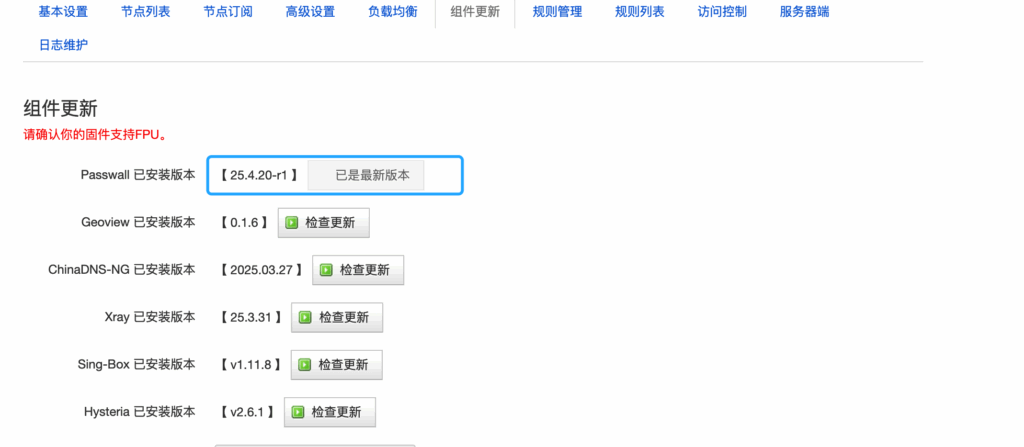
总结:
本文通过手动下载 PW 相关组件包,通过命令的方式升级,实现无需重装 OpenWrt 升级插件版本,举一反三,如果要升级其他组件,只要知道相关依赖的组件包也同样可以使用手动下载安装上传达到升级的目的。
